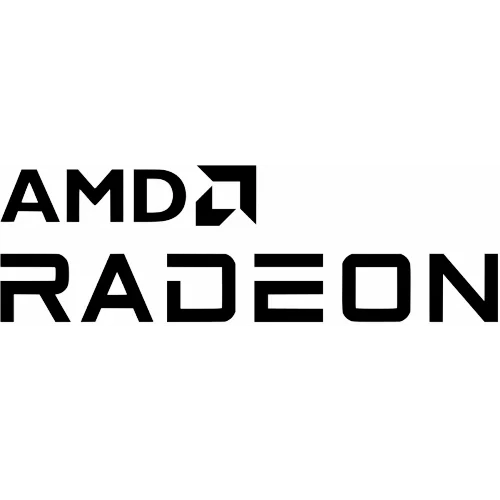More AMD RDNA3 / GFX11 Enablement Patches Merged Into LLVM 15.0

From the LLVM code-base for the AMDGPU shader compiler back-end to the AMDGPU/AMDKFD kernel driver code over to Mesa, the past two weeks have seen a lot of new code published for GFX11 -- following weeks of other intellectual property "blocks" being sent out in preparation for the next-generation AMD graphics cards being introduced later this year.
The latest report on the matter are some new GFX11 patches being merged today into LLVM trunk. New GFX11 features added today include true 16-bit operand instructions, various dot8 instructions (v_dot2_f16_f16, v_dot2_bf16_bf16, v_dot2_f32_bf16, v_dot4_i32_iu8, v_dot8_i32_iu4), and VOPD dual-issue wave32 instructions.
A follow-up patch works on adding support for decoding wider (larger than 64-bit) instructions. Still pending include a patch for new BUF instructions with a number of new buffer formats are being added for GFX11.
As we continue moving closer to the RDNA3 launch in a few months, look for the patch work to continue to heat up especially in areas of new RDNA3 features where AMD will likely be holding off on publishing them until closer to launch to avoid revealing too many details early as well as for areas outside of the basic hardware enablement.
Hopefully we'll find good out-of-the-box RDNA3 support at launch with the latest mainline Mesa and Linux kernel versions, but not necessarily what will be shipped by the major Linux distributions at the time. In any event in cases of new GPU support it's generally recommended to always be riding the very latest driver code.
Add A Comment

